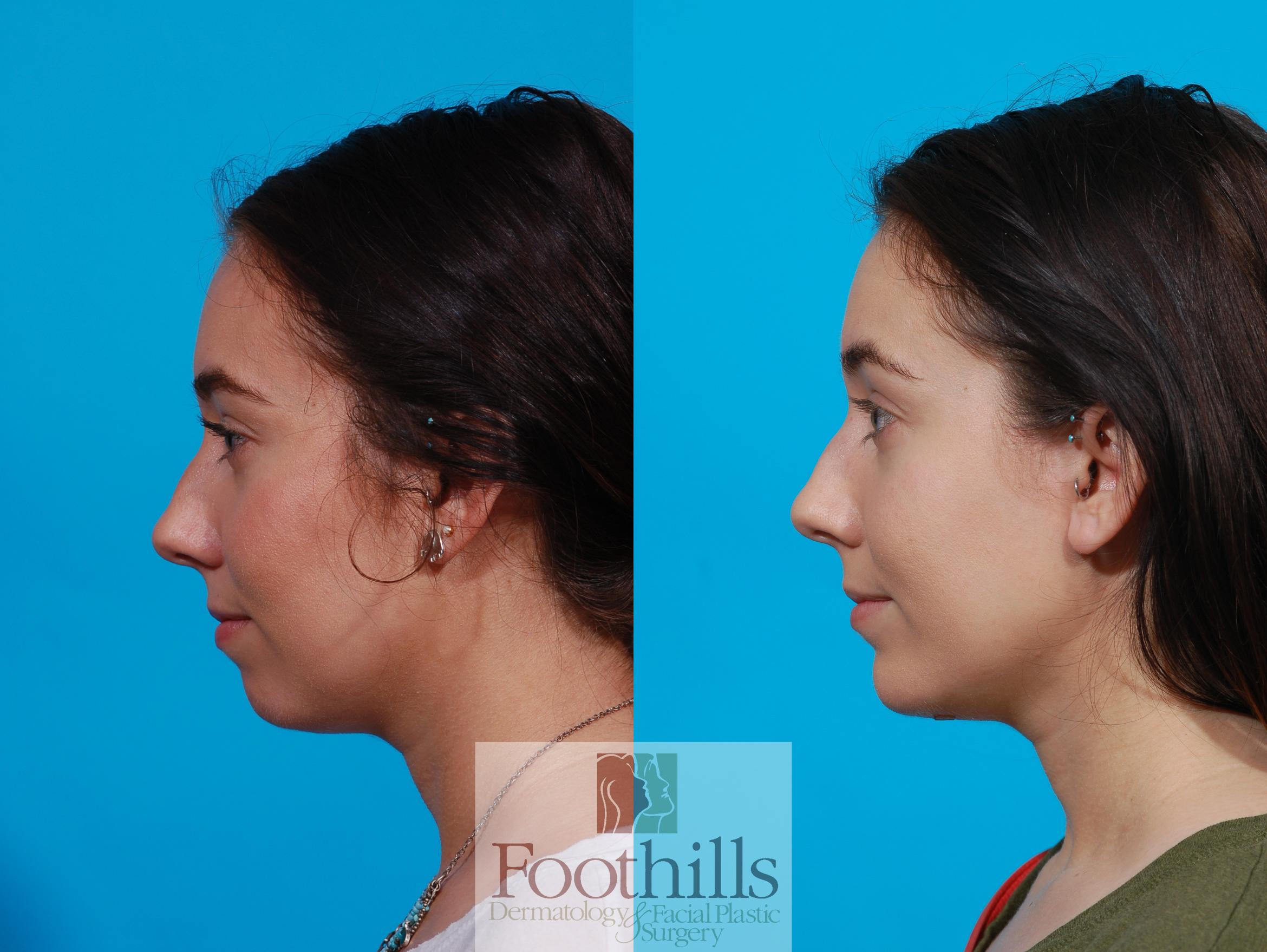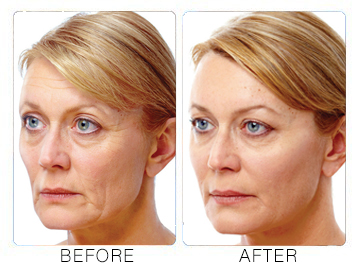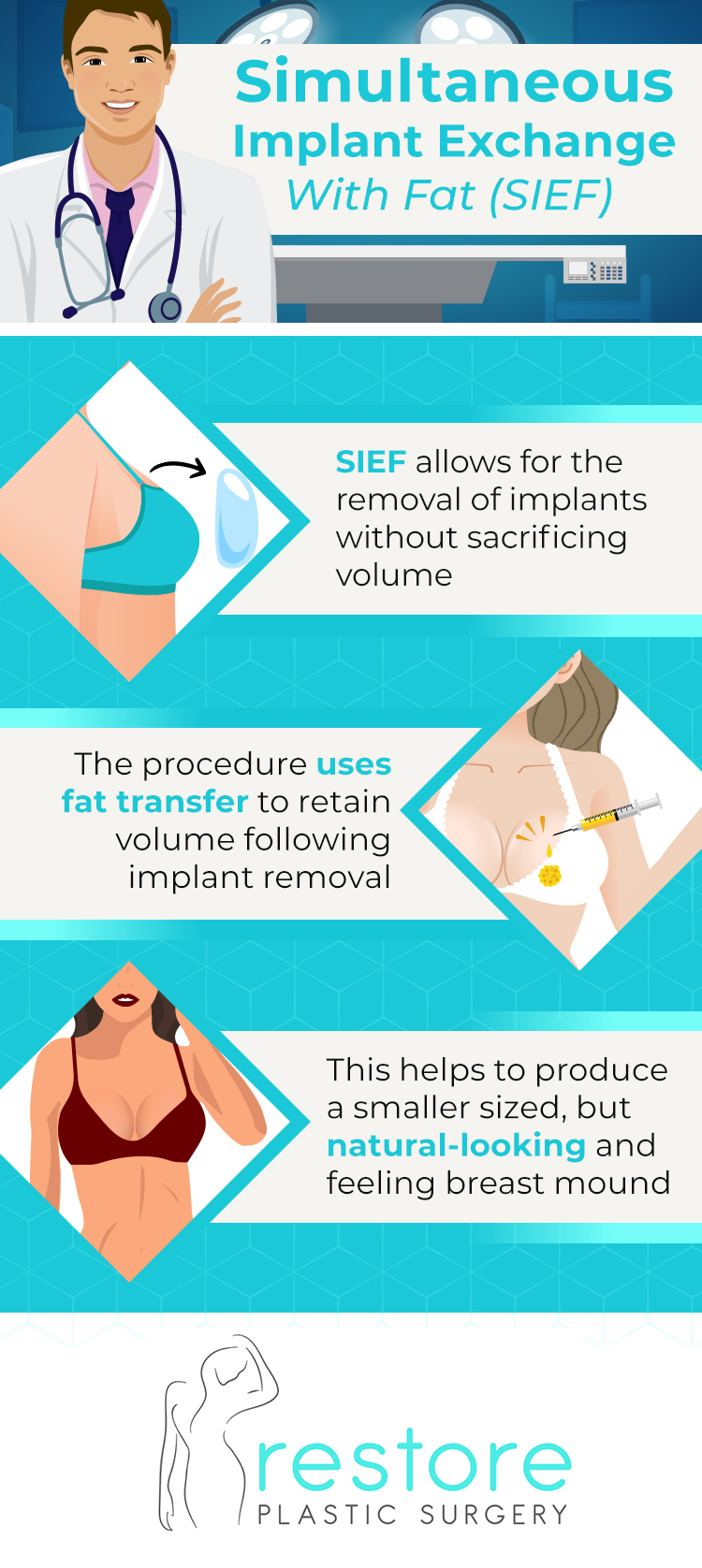
CO2 laser resurfacing is an option for people who want a more youthful skin and who want a natural result without a downtime or recovery period. Patients will feel some redness after CO2 laser resurfacing, but not as much as with more powerful lasers. Although it may become more severe, it will soon disappear. Patients should avoid sunburns and excessive tanning for at most four weeks prior to their procedure. They should avoid all medications that could make them more sensitive to sunlight.
Fractional CO2 laser-resurfacing
Fractional CO2 laser therapy uses a laser that targets certain areas of the skin. This is a great technique to reduce scarring, fine lines and pigmentation. It can also be used to treat precancerous lesions and sun spots. It is a good idea to consult with a dermatologist prior to undergoing the procedure.
Fractional CO2 laser resurfacing is a less invasive treatment that requires only one to two treatments. However, the recovery period is longer than with traditional CO2 laser treatments. The procedure is usually completed within a week. Patients are advised to avoid tanning during the healing period.

Downtime
Depending on the treatment area, recovery from a CO2 Laser procedure can take weeks to complete. Redness can occur for up to four months and may be experienced by some patients. Redness can be due to an underlying medical condition, the treatment used by the laser provider or a combination of both. Patients can minimize redness after treatment by applying topical ascorbic acid or wearing makeup that's hypoallergenic.
A fractional carbon dioxide laser usually only takes a few days for healing, while deeper treatments can take up seven days. It depends on how many treatments are required and how much downtime the patient is able to bear. If the patient is able to handle the downtime, they may only require one or a few treatments.
Side effects
Side effects associated with CO2 laser therapy can be mild or temporary. Redness can occur in the treated area for up to four weeks. This could be caused by an underlying medical condition or the treatment technique used. In these instances, you will need to take antihistamines as well as steroids. Additionally, you should avoid harsh treatment of the skin. Hypoallergenic makeup is also available to cover redness. However, recovery from CO2 laser treatment can take longer than recovery from other laser procedures.
The depth and extent of CO2 laser resurfacing will affect the pain. It also depends on the skill of your surgeon and your tolerance to pain. Your doctor may combine sedatives and local painkillers if extensive resurfacing is required. General anesthesia can be used in some cases for the whole procedure. You will still be able to sleep through it. You'll need to wear special eyewear in order to protect your eyes from damage caused by the laser.

Aftercare
CO2 laser resurfacing uses a laser beam with high intensity that heats the dermal layer and removes the skin's top layer. The procedure may leave patients with red, swollen, sore skin. Patients will need to rest for at least two weeks. They should avoid using makeup or harsh cosmetics on the area. It is important to use sunscreen.
After the procedure, patients will need to take several days off from work. This will allow your skin to heal. The treatment site will be treated with a topical anesthetic to reduce any pain. To minimize discomfort, your doctor may give you an injection of anesthetic. Patients will also need to take prescribed medications as directed. They should also expect to experience significant downtime in social settings for up to five to ten days. Patients should also avoid prolonged exposure to the sun, which will weaken the skin's tissues.